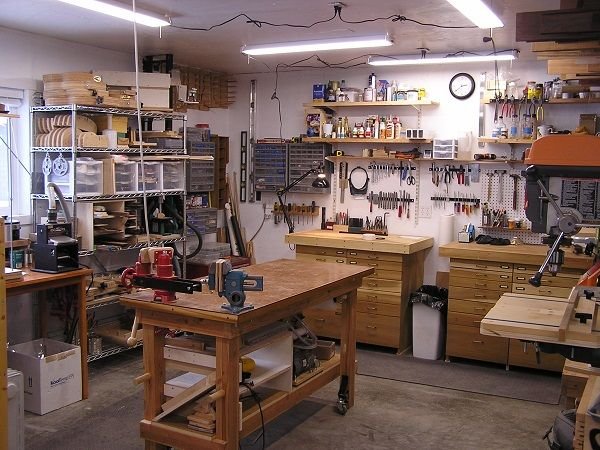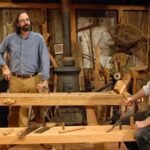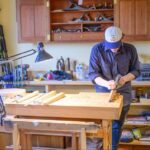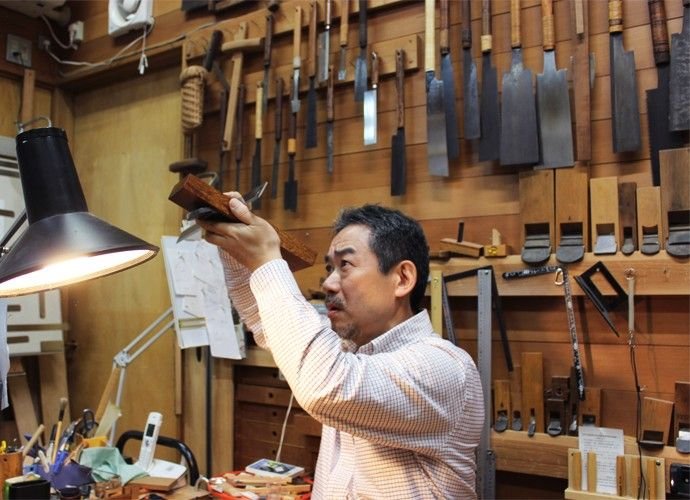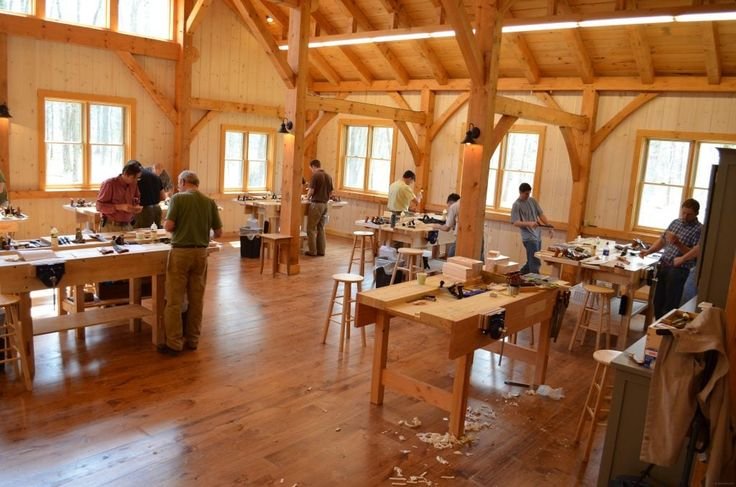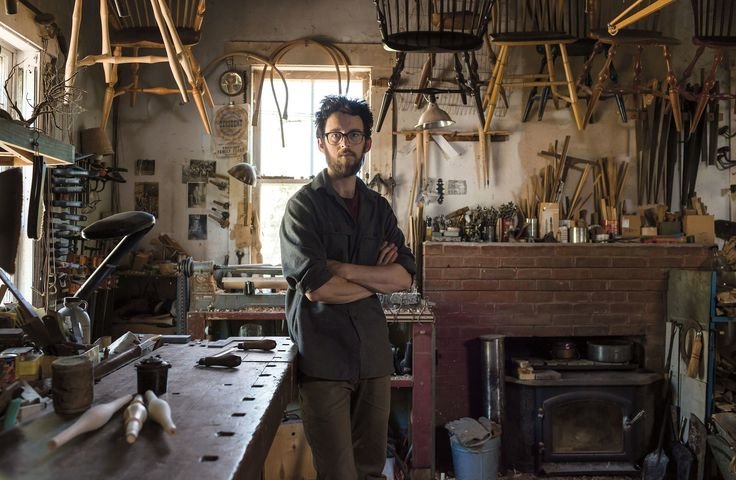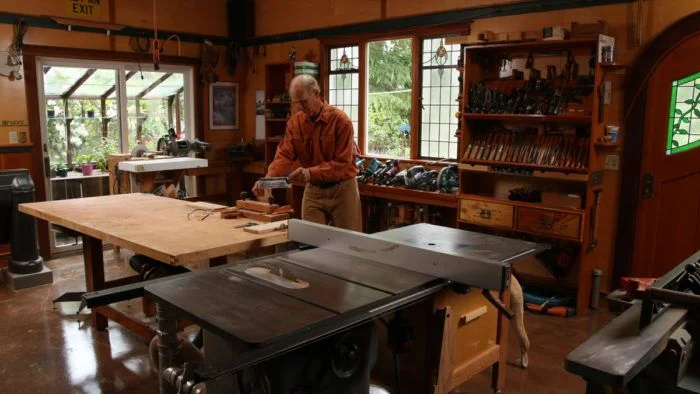Finding Treasure in Old Woodworking Books
Okay, so picture this. I’m sitting in my little workshop, light streaming through the dusty window, which hasn’t been cleaned since, I don’t know, last summer? There’s that familiar smell of sawdust mixed with fresh-cut pine wafting through the air. I’ve got my favorite mug—or, well, it used to be a favorite, but it’s more of a mish-mash now, chipped and faded. But it holds the best coffee, and really, what more do you need?
Anyway, I’ve been diving deep into some old woodworking books I found stashed away at my granddad’s place, and boy, those things are a treasure trove. I’m talking about the stuff that’s been laying around for decades—public domain books that folks didn’t realize had so much wisdom tucked inside their worn-out pages. There was one in particular, “The Complete Manual of Woodworking” from the 1970s, that caught my attention. I figured, what’s the worst that could happen, right?
The Mistake You Make Before You Even Start
So, there I am, all inspired and pumped up—almost like the day I learned to change a tire. I had just gotten my hands on some reclaimed oak, which had this beautiful, rich hue. The kind of wood that makes you want to carve your name into it just to claim a little piece of its history. I decided to make a simple coffee table, but you know how things go; simple rarely stays simple.
Flipping through the book’s yellowing pages, I found a chapter on joinery techniques that made me feel like a lumberjack superhero. “You can create mortise and tenon joints like a pro!” it said. So, of course, I thought, “Why not? I’ve got a chiseling set; how hard can it be?”
Well, spoiler alert: it was hard. I didn’t realize I needed a chisel with a finer edge for that mortise. So there I was, struggling with this old chisel that had seen better days—like an overworked mule. The wood splintered, and there I was, cursing under my breath because I was so eager to dive in and didn’t even bother to read the fine print. Almost gave up right there. You ever feel that moment where every little thing just seems to stack up against you?
Sounds of Progress… or Frustration?
But here’s the kicker. Just as I was about to toss the whole thing out into the yard, I remembered something I’d read in that book about perseverance, about how every craftsman goes through these bumps. Made me chuckle a bit because you know it’s just wood, right? Not like I was performing brain surgery. With a deep breath and a guiltier-than-usual sip of my coffee, I gave it another go.
I grabbed a different chisel and slowly carved the joints, and wouldn’t you know it—the next try worked out like a charm! It was like the wood began to whisper sweet nothings—okay, can’t get too sentimental here, but that’s how it felt.
As the sun began to set, I was left with these neatly done joints; the connection was solid enough to hold a family with two toddlers—if I ever made it that sturdy! The sound of my mallet meeting the chisel rang out, mixed with the faint hum of crickets outside. You have to appreciate those little moments when it all comes together, don’t you?
A Finish Fit for a King… or a Coffee Table
Then came the sanding. Oh boy. It’s the part where you think, “I’m smoothing this out; it’s all coming together.” But you have to be careful not to go too far, right? I whipped out my trusty belt sander—a real workhorse of a tool—finding out that it can be a little too eager if you’re not paying attention.
So there I was, lost in the rhythm—the hum and buzz becoming like a buddy just keeping me company. Each pass through the wood had me inhaling that sweet scent of freshly sanded oak, and I felt kind of proud to be working with something of such beauty. Almost as if it was a conversation between me and the wood.
But, and here’s the kicker, I got a little overzealous, and my arm slipped just a tad… and bam! I had a dent where I didn’t want one. You can imagine my face. I laughed, actually. After all that work, my coffee table now had a personality!
After staring at it for a good while, I decided a little bit of wood filler wouldn’t hurt. So I fixed it up, and you know what? It actually gave the table character. A little accidental charm, if you will.
In the End, A Lesson in Wood and Patience
Looking back, I wouldn’t trade that process for anything. Those little hiccups, the sound of creating something from scratch, and those old books that feel like they carry the collective knowledge of every woodworker before me—they all made the experience richer.
If you’re getting into woodworking or even just thinking about trying it out, let me tell you—jump right in! Don’t sweat the little mistakes. That’s probably where the magic happens, honestly. I wish someone had told me that earlier, but then again, maybe it had to be learned the hard way—like the scratches on my favorite old belt sander.
So, the next time you’re in your garage or shed, maybe with a cup of coffee in hand, remember: it’s all part of the journey. Keep at it. You might just surprise yourself with what you can create.

